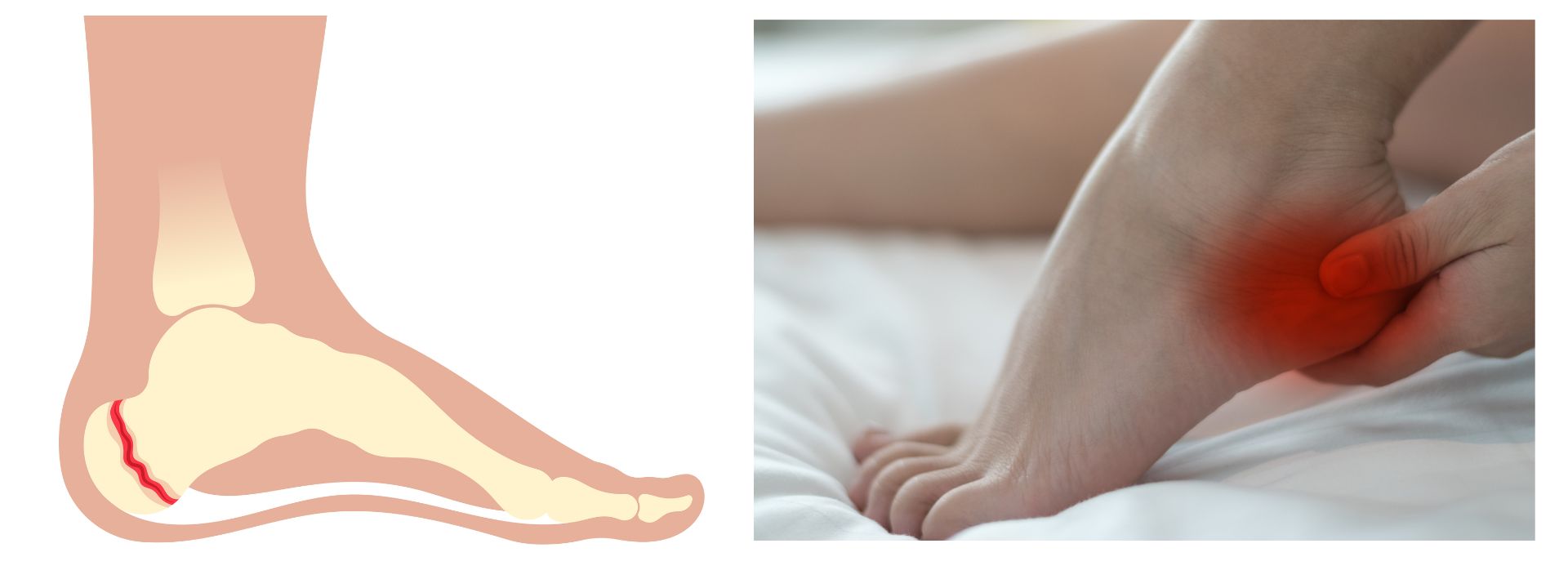
About:
Sever's, also known as calcaneal apophysitis, is a common cause of heel pain in growing children and adolescents, particularly those involved in sports that include running and jumping. It is a condition resulting from inflammation of the growth plate in the heel (calcaneus). Sever's is most prevalent during periods of rapid growth, typically affecting children between the ages of 8 and 14.
Symptoms:
· Pain or tenderness at the back of the heel
· Pain that worsens with physical activity, especially running or jumping
· Limping or walking on toes to avoid heel pain
· Swelling and redness around the heel
Differential Diagnosis:
It is crucial to differentiate Sever's from other potential causes of heel pain in children, such as Achilles tendonitis, plantar fasciitis, fractures, or infections. A thorough clinical examination and, if necessary, imaging studies like X-rays can help rule out other conditions.
Causes:
Sever's occurs due to repetitive stress and microtrauma to the growth plate of the heel bone. This stress is often a result of high-impact activities that put excessive strain on the heel, particularly during growth spurts when bones and muscles grow at different rates. Sports like soccer, basketball, and athletics can increase the risk of developing this condition.
The severity of symptoms can vary and is often influenced by the level of physical activity and biomechanical factors such as foot posture and muscle tightness.
Anatomy and Biomechanics:
The calcaneus (heel bone) has a growth plate known as the calcaneal apophysis, which is vulnerable to stress during growth spurts. The Achilles tendon attaches to this area, and increased tension from tight calf muscles or repetitive strain can lead to inflammation. Biomechanical issues like flat feet (pes planus) or high arches (pes cavus) can alter force distribution through the foot, contributing to the development of Sever's.
Treatment:
Management of Sever's focuses on reducing inflammation, alleviating pain, and addressing biomechanical factors. Treatment strategies include:
· Rest and activity modification to reduce stress on the heel
· Ice application to decrease inflammation and pain
· Stretching exercises targeting the calf muscles and Achilles tendon
· Use of heel pads or orthotic devices to support the heel
· Footwear assessment to ensure proper support and cushioning
· Education on biomechanics and techniques to reduce heel strain
As physiotherapists and leaders in assessment, we prioritize a comprehensive evaluation to identify contributing factors. Our goal is to implement individualized treatment plans that focus on reducing inflammation, managing load, and correcting biomechanical issues to facilitate a quick and safe return to activities.

